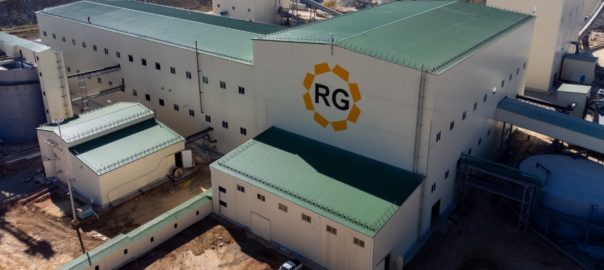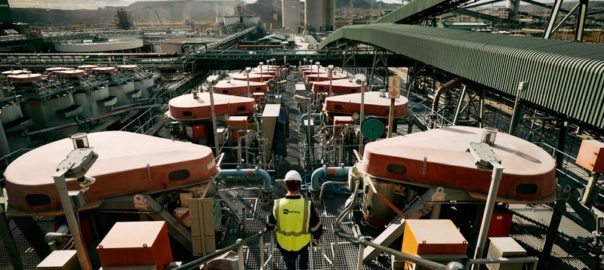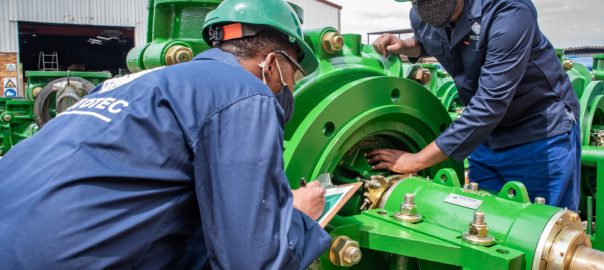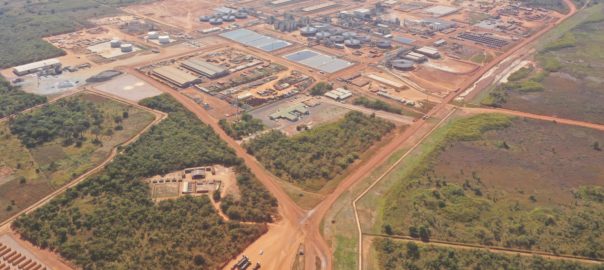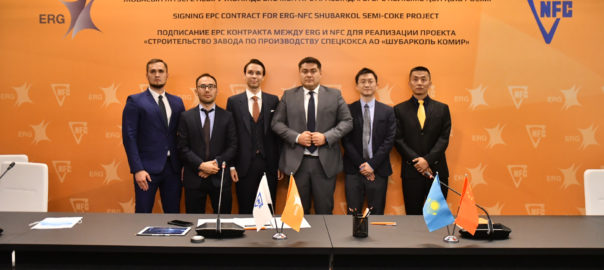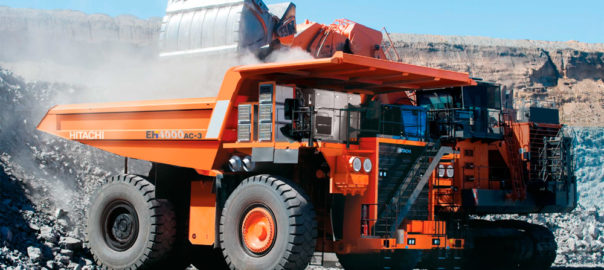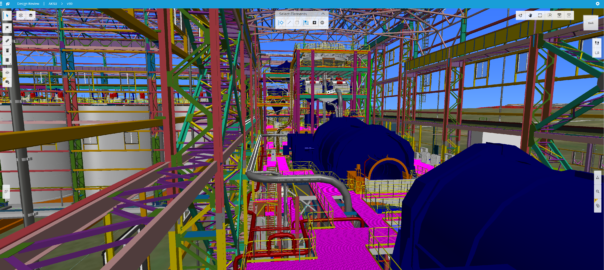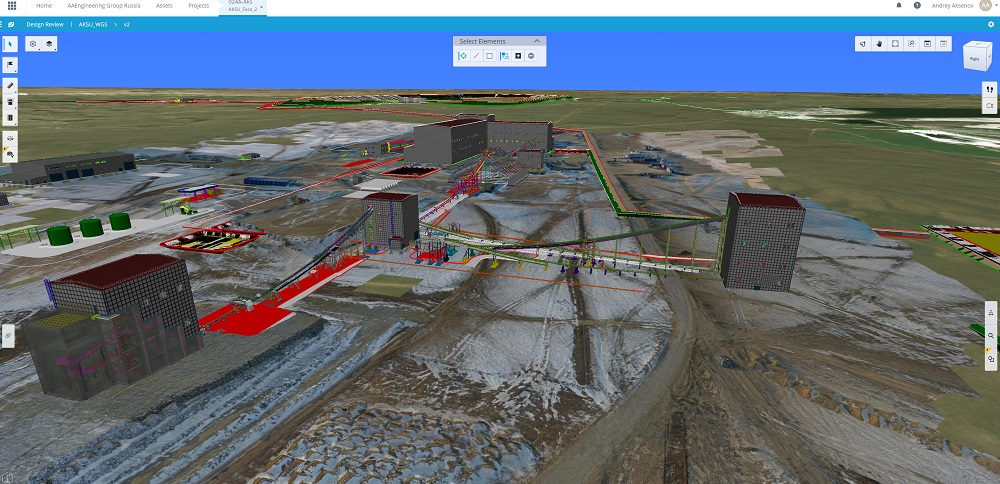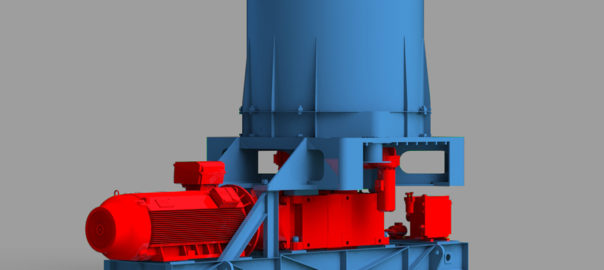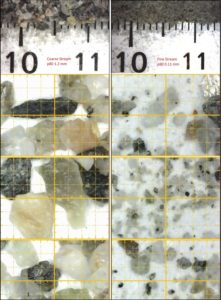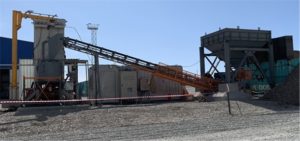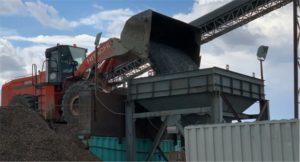Seequent, The Bentley Subsurface Company, has announced the establishment of a regional hub in Kazakhstan, expanding its presence in Central Asia.
Staffed by a dedicated local team, the strategic move demonstrates Seequent’s commitment to providing cutting-edge subsurface software solutions to the rapidly growing local market and wider Central Asia region, it says.
Seequent shared the news last week at an event in Almaty, which brought together partners, stakeholders and leading industry representatives. Seequent has supported the Central Asian business community since 2011, and major companies in the region are already using Seequent’s earth-modelling, analysis, data management and collaboration software, the company says. These applications help users understand the underground in the mining, energy, civil infrastructure and environment industries.
Colin Hay, EMEA, Executive Vice President, EMEA with Seequent (pictured on the left with Inna Shalovenkova, Regional Sales Director, Mining and Minerals on the right), said: “Seequent’s expansion into Central Asia marks a significant milestone in our global strategy. Kazakhstan, situated in the heart of Central Asia, serves as an ideal hub for the region. With a robust economy, rich metal reserves, advantageous location and a focus on attracting foreign investment, Kazakhstan stands out as a key market for Seequent’s solutions.”
Hay added: “We are seeing a growing demand for our solutions that support the evolving needs of industries in this market seeking digital innovation to drive efficiency and value in their operations. We will continue to hire locally as our Central Asia operations expand.”
Seequent offers software solutions for geoprofessionals including geologists, geophysicists, geochemists, geotechnical and geomechanical engineers, hydrogeologists, ecologists, as well as builders, designers of structures, quarries and underground mine workers. Products include the geological 3D modelling solution Leapfrog and Oasis montaj for working with geophysical data.









